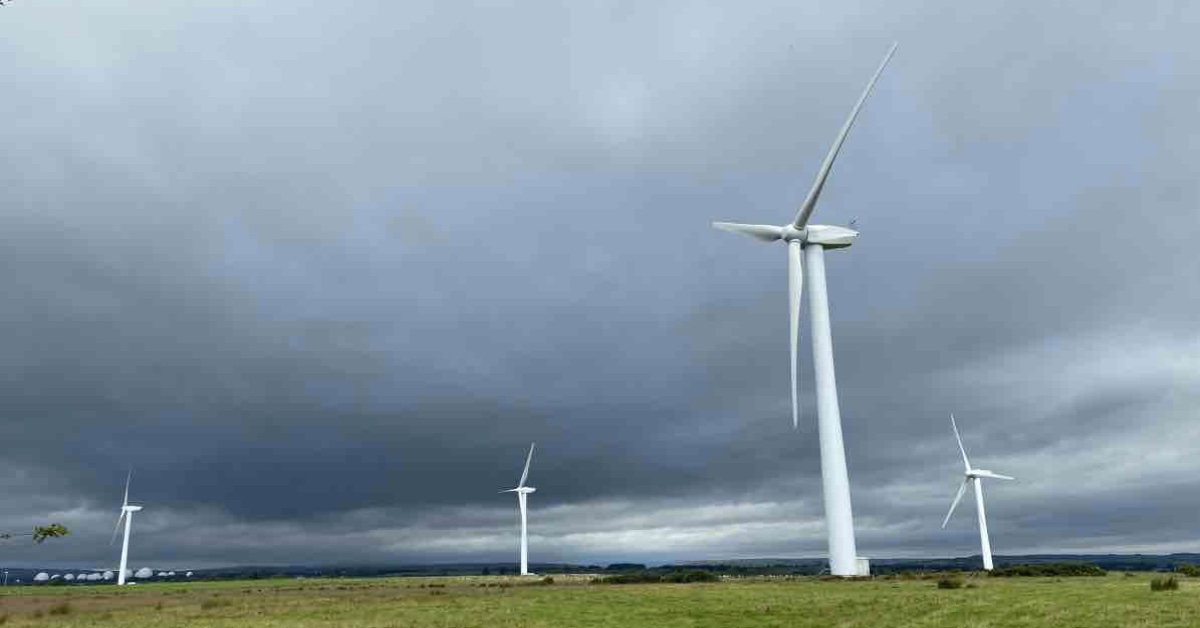The scale of Harrogate’s climate change challenge has been revealed in new figures published as part of a latest consultation.
Residents and businesses have until January 2 to have their say on Harrogate Borough Council’s new carbon reduction strategy which sets out how the district will play its part in cutting emissions to try avoid the devastating effects of global warming.
CO2 emissions have fallen by 32% in the district since 2005, however, it is still producing over one million tonnes per year with a combined annual energy bill of over £400m.
And if the district continues at this current rate, it will have used up its carbon budget – which allows a maximum of 9 million tonnes of CO2 between now and 2050 – 20 years before that end date under national targets.
These figures are why the council’s new strategy says “big and rapid changes” are now needed, not just by local and national leaders, but by everyone.
It said:
“Climate scientists, observing real life data, are clear that the UK is already experiencing disruptive climate change.
“2020 was third warmest, fifth wettest and eighth sunniest on record. No other year has fallen in the top 10 for all three variables in this country.
“Achieving net-zero and meeting our local carbon budget must involve the joint efforts of local authorities, businesses and industry, individual consumers and the rest of the public sector and national government.
“By pulling together partners and strategies, we can deliver a bigger impact than if we act alone.”
Read More:
- Harrogate climate coalition becomes a charity
-
Green Shoots: The Harrogate wind farm that powers 8,000 homes
This urgent need for action was brought into even sharper focus in October when Harrogate’s first Climate Action Festival was launched in the run up to the COP26 summit.
Organised by the Harrogate District Climate Change Coalition, the festival highlighted what can be achieved on a local level by residents and businesses before world leaders put forward their pledges at the summit in Glasgow.
Making houses more energy efficient was an important target that came out of COP26 and this will be key for Harrogate which for many years has used more gas and electricity than regional and national averages.
Carbon emissions per person in Harrogate are also higher than the national average.
Domestic energy consumption accounts for 34% of the district’s carbon footprint, while transport emissions account for 31%.
The fumes from diesel and petrol vehicles are a particular area of concern as unlike other declining emissions, the numbers are on the rise.
This is why council officials are pushing ahead with plans to reduce car use through projects such as the £10.9m Harrogate Gateway, the Otley Road cycle path and other active travel schemes which give greater road priority to pedestrians and cyclists.
There is also an aim to get 10,000 electric vehicles on the roads by 2023 ahead of the ban on the sale of petrol, diesel and hybrid cars seven years later.
Out of all the districts in North Yorkshire, Harrogate has seen the largest increase in electric vehicles. However, the council’s strategy says there is still much work to do as most motorists are making the switch from diesel to petrol cars, not electric.
It said:
“An area of concern in the district is road transport emissions which are not declining like other sectors.
“A significant cause of this is likely to be the swing away from the use of diesel vehicles towards higher-CO2 petrol, with the increasing take up of ultra low emission vehicles not yet counteracting this move away from diesel.
“It’s essential the local people and businesses know the direction we are taking.
“We will work closely with the Harrogate District Climate Change Coalition to champion carbon reduction measures and raise awareness and simulate action.”
The new carbon reduction strategy will replace the current version which was adopted by the council in October 2019.
To have your say go to www.harrogate.gov.uk/consultations-engagement








